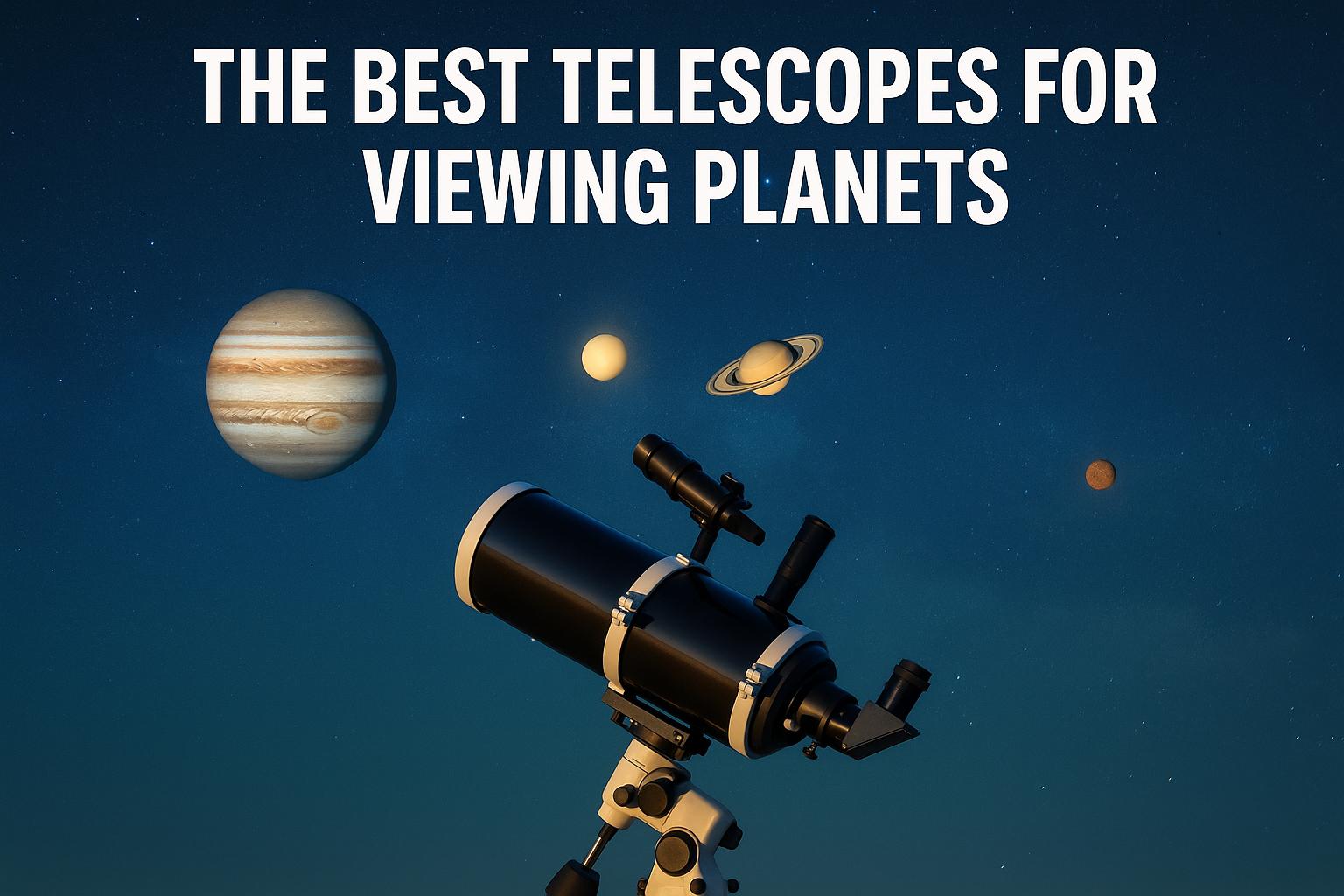Introduction to Telescopes for Planetary Observation
Telescopes serve as a gateway to the stars, allowing amateur astronomers around the world to engage with celestial wonders, especially the captivating planets of our solar system. Selecting the right telescope for planetary viewing requires evaluating multiple factors such as aperture size, optical quality, and the stability of the mount. This detailed discussion explores these considerations, providing a comprehensive look into what makes a good telescope for observing the planets.
Importance of Aperture Size
The aperture size of a telescope is paramount when it comes to astronomical observation. Essentially, the aperture determines how much light a telescope can gather. The more light that is collected, the clearer and more detailed the images will be. This is particularly important for viewing planets, which are relatively small and distant. A larger aperture allows the observer to see finer details on planetary surfaces and atmospheres, such as the cloud bands of Jupiter or the rings of Saturn. As a rule of thumb, a telescope with an aperture of at least 4 to 8 inches is recommended for those who wish to engage in detailed planetary observation.
Refractors vs. Reflectors
The design of a telescope significantly impacts its capabilities. Refractors utilize a series of lenses to collect and focus light. They are renowned for delivering sharp and high-contrast views, which makes them particularly well-suited for observing planets. Refractors are usually straightforward to maintain and can provide excellent views even with moderate aperture sizes. Conversely, reflectors, which employ mirrors as their primary mechanism for focusing light, offer larger apertures at a typically lower cost. Reflectors can excel in planetary observation when well-made but often require more maintenance and alignment, known as collimation, to reach optimal performance. Observers who prioritize viewing fine planetary details often find refractors to be a favorable option.
Catadioptrics: A Hybrid Approach
For those who seek a balance between the benefits of refractors and reflectors, catadioptric telescopes present an appealing option. Combining lenses and mirrors, these telescopes offer a compact design while retaining the optical advantages of both types. Popular models like the Schmidt-Cassegrain or Maksutov-Cassegrain are appreciated for their versatility and portability. These designs are particularly advantageous for planetary observation as they provide the observer with a blend of clarity, detail, and ease of use. Their diverse capabilities make them an excellent choice for anyone from a beginner to an advanced amateur astronomer.
Stability Matters: Choosing the Right Mount
The choice of a telescope mount is just as important as the optical system itself. A mount’s stability directly affects the clarity and ease with which planets can be observed. An equatorial mount is engineered to follow the rotation of the Earth, allowing for precise tracking of celestial objects—a feature that is invaluable during extended viewing sessions. Equatorial mounts can be crucial for high-magnification observations requiring constant adjustments. On the other hand, a dobsonian mount, often used with larger reflector telescopes, is favored for its simplicity and ease of use. These mounts offer a straightforward approach to navigating the sky, making them particularly user-friendly for beginners who appreciate a no-fuss observing experience.
Each type of mount offers distinct benefits, so the choice largely depends on the user’s specific needs and preferences. For a more comprehensive understanding of telescopes and mounts, individuals may consult resources from well-regarded publications like Sky & Telescope or Astronomy.com. These resources provide valuable insights into the latest advancements and practical advice for amateur astronomers.
Conclusion
Choosing the right telescope can greatly enhance the joy and clarity of planetary observation. Whether an observer selects a refractor, reflector, or catadioptric telescope, paying attention to factors such as aperture size, optical quality, and mount type is crucial. Each type of telescope offers unique advantages that align with diverse observing needs, making it possible for enthusiasts of all levels to relish the beauty of the planetary bodies in our solar system. With the right equipment, observing the features of Jupiter or the phases of Venus becomes an attainable and immensely rewarding experience.
Ultimately, while the technology and specifications of telescopes continue to evolve, the fundamental principles that guide their use remain the same. By understanding these principles and considering the qualities that make for successful planetary observation, both novice and seasoned astronomers can optimize their stargazing experiences, unveiling the vast wonders that await in the night sky.
This article was last updated on: August 28, 2025


